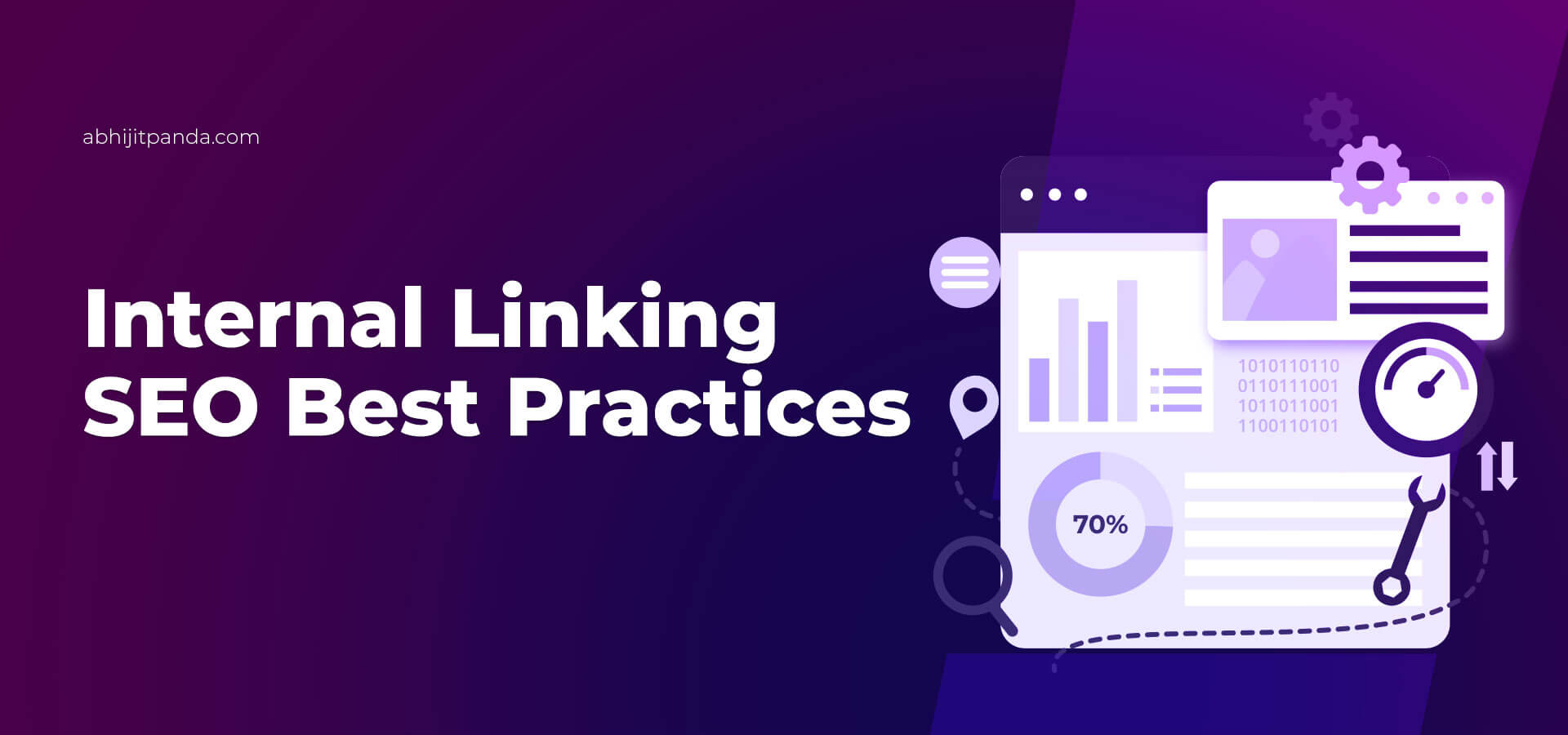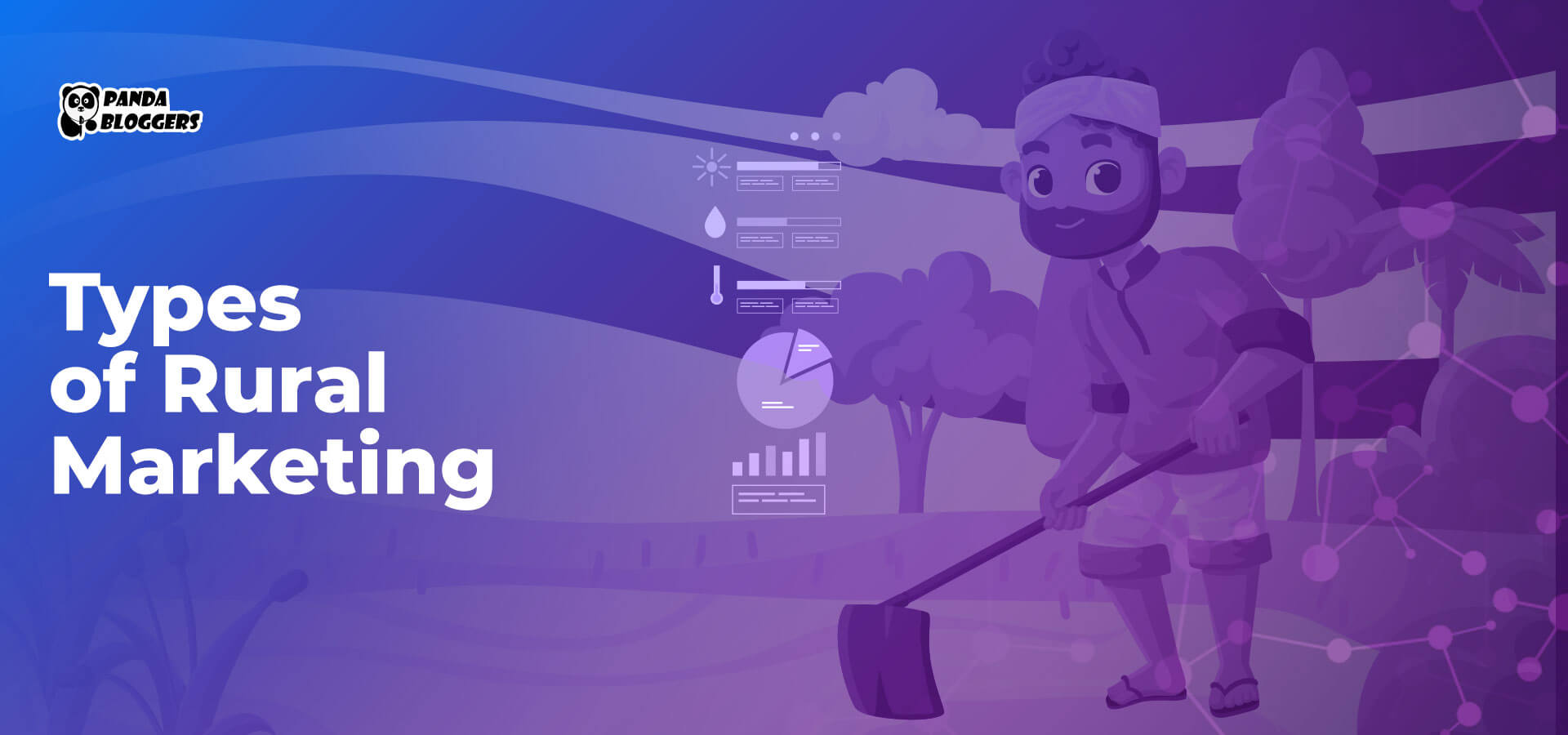 Internal Linking SEO Best Practices
Internal Linking SEO Best Practices
While optimizing a web page for search engines, you must focus on its internal link structure and external link structure. The external links or outbound links point your website to another website, while the internal links point to the web pages on the same websites. Unlike external links, internal links connect a specific web page to other web pages on the same domain.
But they contribute to improving the website’s user experience and search engine visibility. You can improve the website’s internal link structure to accomplish 3 important goals:
- Make it easier for visitors to navigate the website,
- Help search engine crawlers to understand the website’s information hierarchy
- Pass link equity or link juice from one page to another.
You can interlink the web pages on the same domain using a variety of internal links:
- Content links
- Navigational links
- Taxonomy links
- Recently-added links
You can easily check a web page’s internal link structure using Google Search Console or one of the internal link checker tools. You can check out these handy tools:
But your search engine optimization (SEO) strategy must focus on adding the right internal links to every web page. You need to ensure that the internal links help the search engines understand 3 important things –
- The value of web pages
- Relevance of web pages
- The interrelationship between the web pages.
You must implement a slew of internal linking SEO best practices to choose and add the right internal things to a web page in the right way.
Internal Linking SEO Best Practices to Boost a Web Page’s Internal Link Structure
1. Focus on Helping Visitors to Navigate the Website
As mentioned earlier, internal links help search engines understand a website’s information structure and help visitors to navigate the website. While adding internal links to a page, you must focus only on keeping the visitors engaged. You need to ensure that each internal link is highly relevant to the content or topic. The relevancy is essential to make the visitors click on the internal links to access other pages. The enhanced user engagement will contribute hugely towards improving the web page’s search engine ranking.
2. Create Relevant and Related Content
You can add relevant internal links to a web page only when your website has a lot of content. In addition to posting content regularly, you need to focus on relating the fresh content to existing content organically. You must complement the SEO strategy with a content strategy that focuses on creating fresh content that adds value to the existing content. The additional and related content will help you to add relevant internal links to every new web page.
3. Keep Each Internal link Contextual
You cannot increase a web page’s search engine visibility without interlinking relevant pieces of content. While building the page’s internal link structure, you must interlink the URL to other URLs based on the relevance of the topic. For instance, I found it much easier to interlink web pages based on topical relevance by posting a series of blogs on lead nurturing – What is Lead Nurturing?, Benefits of Lead Nurturing, and Lead Nurturing Strategies That Work. As the multiple pieces of content cover important aspects of the same topic or concept, you can increase the page’s SEO strength by interlinking the web pages organically.
4. Keep the Internal Link’s Default State Intact
Unlike dofollow links, nofollow links do not pass a web page’s link authority to or share link juice with other web pages. Hence, they do not contribute to increasing the web page’s search engine ranking. On the other hand, dofollow links make the web page share link juice with other pages. While adding internal links to a web page, you must maintain their default state by not adding the attribute – rel=nofollow.
5. Don’t Stuff Keywords in the Anchor Text
There was a time when it was a common SEO practice to embed keywords in the anchor text while interlinking web pages. You must remember that search engines nowadays consider keyword stuffing in anchor texts as spam. Instead of stuffing specific keywords, your internal link-building strategy must focus on keeping the anchor texts relevant and contextual. You can easily interlink web pages based on topical relevance keeping the anchor texts contextual to the paragraph or section.
6. Restrict the Number of Internal Links
Many search engine optimizers believe that additional internal links make a web page rank higher on SERPs. The leading digital marketers advise you to add about 100 internal links to a web page. But you must keep in mind the length of the content while adding internal links. It is advisable to add an internal link for every 300 pages. However, it is always important to keep the internal links both relevant and contextual. Your internal link-building strategy must focus on the quality of internal links instead of the number of internal links.
7. Add Related/Recent/Popular Post Section
You can interlink a new page to existing web pages organically by adding related posts, recent posts, or popular posts section. The section will appear at the bottom of the blog post or article. In addition to transferring link juice to the new web pages, these sections will not require you to focus on internal link placement. You can use various plugins to add recent posts or popular post sections to the web page. But you must remember that the plugins often do not display related posts accurately. You must test the related posts displayed on each page to boost its internal link structure.
8. Avoid Internal Link Building Automation
Many digital marketing professionals these days use internal linking plugins and tools to build a web page’s internal link structure without putting in extra time and effort. But you must remember that these plugins and tools focus only on search engines and ignore website visitors. Also, they interlink web pages without providing the right link juice to each web page.
The internal links boost a web page’s search engine ranking by making the search engine understand the value of web pages, the relevance of web pages, and the interrelationship between the web pages. You can easily convey the information to search engines clearly and effectively by implementing these internal linking SEO best practices. Also, you should maintain a handy on-page SEO checklist and a WordPress SEO checklist and always follow that while posting new content.









Leave a Reply